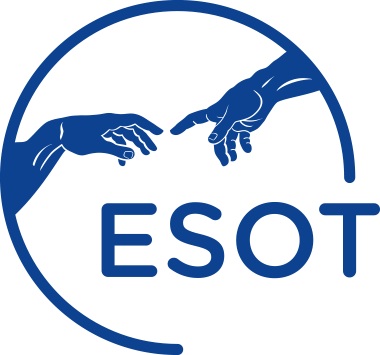- Journal of Heart and Lung Transplantation. 2006 Mar; 25(3) :283-288.
- Abstract
- Pubmed Link
Background: Photopheresis therapy (photo) has been advocated as a therapy to improve outcome after recalcitrant or severe rejection, but objective evidence of a beneficial effect has been elusive. This study examined the hypothesis that photo provides protection against rejection, rejection with hemodynamic compromise (HC), and death from rejection after cardiac transplantation. Method(s): Between 1990 and 2003, 36 adult patients (from 343 adult transplant recipients) received at least 3 months of photo (2-day treatment every 3 to 6 weeks for a target of 18 months) after HC rejection (n = 12), recurrent/recalcitrant rejection (n = 20), or as prophylaxis in the presence of anti-donor antibodies (n = 4). Survival and risk factors were examined by analysis using multivariate hazard function modulated renewal function. Result(s): Patients selected for photo were at greater risk for rejection (p < 0.0001) and HC rejection (p < 0.0001) than non-photo patients. After 3 months of photo therapy, rejection risk was decreased (p = 0.04). More importantly, the hazard for subsequent HC rejection or rejection death was significantly reduced toward the risk-adjusted level of lower-risk non-photo patients (p = 0.006). Conclusion(s): This study provides objective evidence that photo reduces the risk of subsequent HC rejection and/or death from rejection when initiated for patients with high rejection risk. Photopheresis is recommended as an important therapeutic modality after rejection with hemodynamic compromise, although further studies are needed to define the precise mechanism of the effect and the potential for benefit in other patient sub-sets. Copyright © 2006 by the International Society for Heart and Lung Transplantation.
BACKGROUND:
There is no standard definition for “HLA incompatible” transplants. For the first time, we systematically assessed how HLA incompatibility was defined in contemporary peer-reviewed publications and its prognostic implication to transplant outcomes.
METHODS:
We combined 2 independent searches of MEDLINE, EMBASE, and the Cochrane Library from 2015 to 2019. Content-expert reviewers screened for original research on outcomes of HLA-incompatible transplants (defined as allele or molecular mismatch and solid-phase or cell-based assays). We ascertained the completeness of reporting on a predefined set of variables assessing HLA incompatibility, therapies, and outcomes. Given significant heterogeneity, we conducted narrative synthesis and assessed risk of bias in studies examining the association between death-censored graft failure and HLA incompatibility.
RESULTS:
Of 6656 screened articles, 163 evaluated transplant outcomes by HLA incompatibility. Most articles reported on cytotoxic/flow T-cell crossmatches (n = 98). Molecular genotypes were reported for selected loci at the allele-group level. Sixteen articles reported on epitope compatibility. Pretransplant donor-specific HLA antibodies were often considered (n = 143); yet there was heterogeneity in sample handling, assay procedure, and incomplete reporting on donor-specific HLA antibodies assignment. Induction (n = 129) and maintenance immunosuppression (n = 140) were frequently mentioned but less so rejection treatment (n = 72) and desensitization (n = 70). Studies assessing death-censored graft failure risk by HLA incompatibility were vulnerable to bias in the participant, predictor, and analysis domains.
CONCLUSIONS:
Optimization of transplant outcomes and personalized care depends on accurate HLA compatibility assessment. Reporting on a standard set of variables will help assess generalizability of research, allow knowledge synthesis, and facilitate international collaboration in clinical trials.


